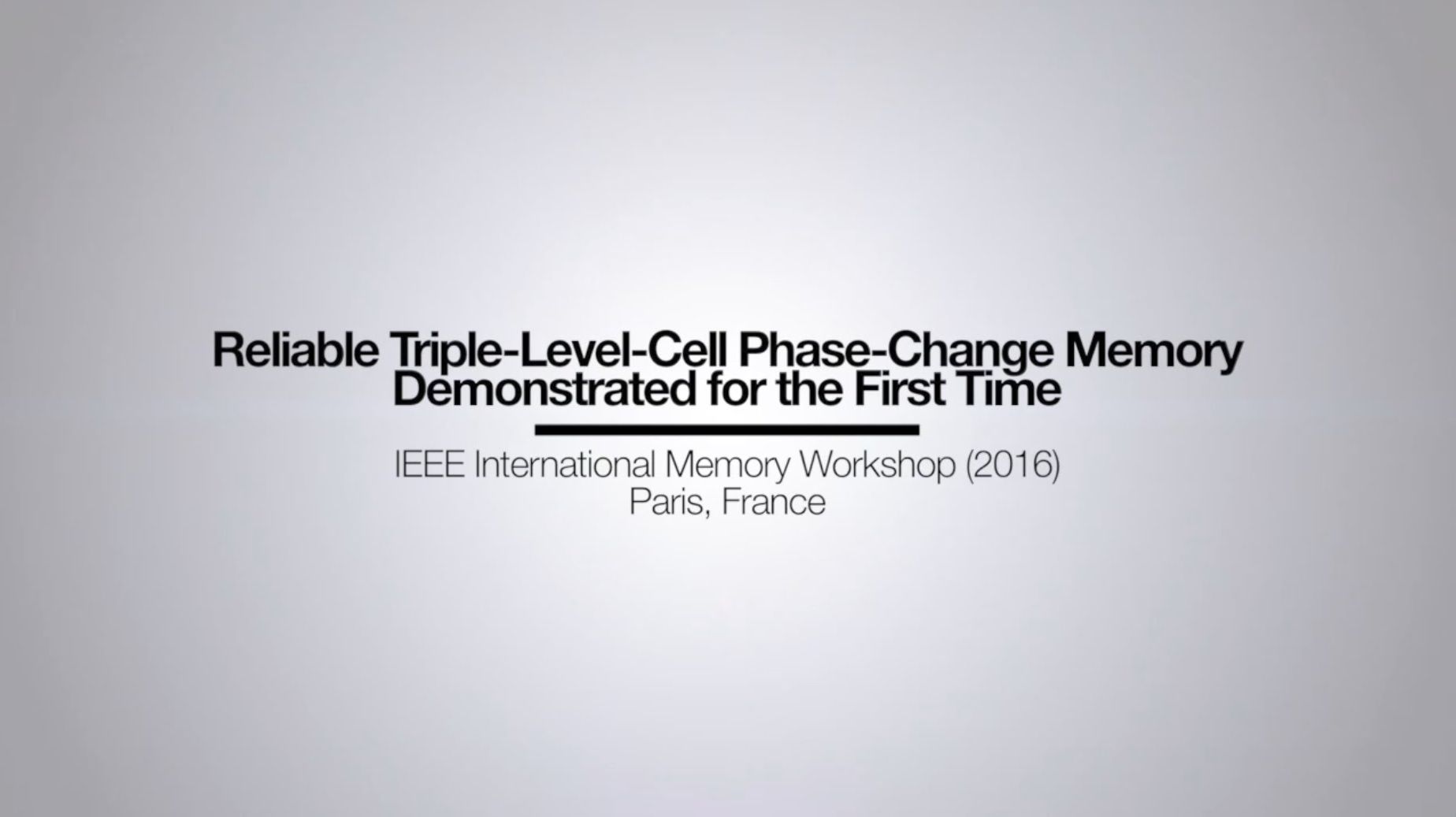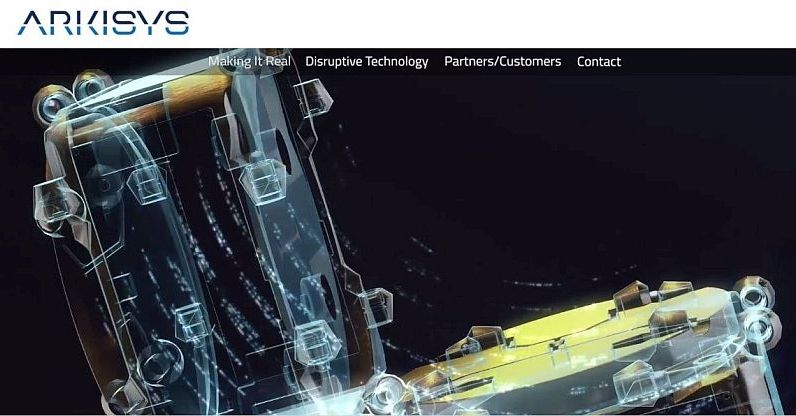Page 11184
May 17, 2016
The U.S. military is developing a sleeping underwater army of drones
Posted by Karen Hurst in categories: drones, military
Someone could trigger these UAVs to emerge from the ocean depths from thousands of miles away.
By Jennings Brown.
May 17, 2016
From data to service: the transition to “space-to-space” commerce
Posted by Karen Hurst in categories: energy, military, satellites
Excellent read about future Commerce in Space — could we see an Amazon or a HomeDepot in space?
In space there are no service stations to pull into and get replacement parts for your satellite. Nor is there a towing service if a satellite is in the wrong orbit, a construction contractor to help you build structures, or a “Space Depot” for those who wish to “do-it-themselves” on orbit. In other words, we still operate within a first-generation space industrial enterprise, i.e. all commerce is on Earth, and we only focus on bits (data) coming from monolithic things that go up (i.e., satellites), which eventually die or just come down with no chance of repair or reuse.
Today the commercial space industry focuses exclusively on applications that support launching science, exploration, military, or established earth-bound data communication or delivery services, focusing data to/from space. The lack of technology to support or “markets” to enter has resulted in nebulous, unconsolidated and without-a-critical-mass investment in space-based infrastructure, industrialization, space resources (survey and process maturation) and global utility creation and delivery applications in space. However, all that may finally be changing.
Continue reading “From data to service: the transition to ‘space-to-space’ commerce” »
May 17, 2016
Why DARPA Is Pursuing the Reusable Military XS-1 Spaceplane
Posted by Karen Hurst in categories: Elon Musk, government, military, space travel
Coming clean on the story around the XS-1 Spaceplane. Hmmm; US Government coming clean; really?
ORLANDO, Fla. – Here’s a phrase that’s not repeated everyday in the space community:
“You’ve heard Elon’s comments … we want to go beyond that,” Brad Tousley, the head of the tactical technology office at the Defense Advanced Research Projects Agency, said May 15.
Continue reading “Why DARPA Is Pursuing the Reusable Military XS-1 Spaceplane” »
May 17, 2016
Scientists Find New Light Form — And It Changes Everything
Posted by Karen Hurst in categories: internet, quantum physics
A new form of light which makes fiber optics more secure. Los Alamos has been key player in this space due to their work on the Quantum Internet.
In a breakthrough that has the potential to alter our understanding of the fundamental nature of light, scientists from the Trinity College Dublin School of Physics and the CRANN Institute in Ireland have discovered a never before seen new form of luminescence.
Lead author Paul Eastham attests to how exciting this finding is, saying in a statement that this very fundamental property of light that has always been thought to be constant can, in fact, change.
Continue reading “Scientists Find New Light Form — And It Changes Everything” »
May 17, 2016
New Form Of Light Will Impact Nature Fundamentals
Posted by Karen Hurst in categories: particle physics, quantum physics
A new form of light has been discovered by physicists from Trinity College Dublin’s School of Physics and the CRANN Institute, Trinity College, which will impact our understanding of the fundamental nature of light.
One of the measurable characteristics of a beam of light is known as angular momentum, The Spectrum reports. Until now, it was thought that in all forms of light the angular momentum would be a multiple of Planck’s constant (the physical constant that sets the scale of quantum effects).
Now, recent PhD graduate Kyle Ballantine and Professor Paul Eastham, both from Trinity College Dublin’s School of Physics, along with Professor John Donegan from CRANN, have demonstrated a new form of light where the angular momentum of each photon (a particle of visible light) takes only half of this value. This difference, though small, is profound. These results were recently published in the online journal Science Advances.
May 17, 2016
Imec Expands its Silicon Platform for Quantum Computing Applications
Posted by Karen Hurst in categories: computing, quantum physics
Nice.
Imec will implement qubits and supporting nanoelectronic functionality for quantum computing, leveraging its advanced silicon (Si) platform that was established within the framework of its industrial affiliation program with additional support from the EU through e.g. ECSEL projects SENATE and TAKE-5.
May 17, 2016
Roundup: Europe embarks on ambitious common plan to boost quantum technologies
Posted by Karen Hurst in categories: economics, quantum physics
EU betting big on Quantum Technology.
The European Union (EU) aims to embark on an ambitious common strategy on quantum technologies, European Commissioner for digital economy and society Gunther Oettinger said here Tuesday.
At a conference which brought together some of the world’s leading experts in the field of quantum technology, European scientists and entrepreneurs launched a “Quantum Manifesto” laying out future priorities and activities to create a new “knowledge-based industrial ecosystem” in Europe.
“We aim to launch an ambitious large-scale flagship initiative to unlock the full potential of quantum technologies, accelerate their development, and bring commercial products to public and private users,” Oettinger told the conference.
May 17, 2016
IBM scientists achieve storage memory breakthrough
Posted by Shailesh Prasad in categories: computing, electronics, internet

For the first time, scientists at IBM Research have demonstrated reliably storing 3 bits of data per cell using a relatively new memory technology known as phase-change memory (PCM).
The current memory landscape spans from venerable DRAM to hard disk drives to ubiquitous flash. But in the last several years PCM has attracted the industry’s attention as a potential universal memory technology based on its combination of read/write speed, endurance, non-volatility and density. For example, PCM doesn’t lose data when powered off, unlike DRAM, and the technology can endure at least 10 million write cycles, compared to an average flash USB stick, which tops out at 3,000 write cycles.
Continue reading “IBM scientists achieve storage memory breakthrough” »
A proposed Japanese accelerator could solve those mysteries the LHC did not.
By Howard Baer, Vernon D. Barger, Jenny List on June 1, 2016.















